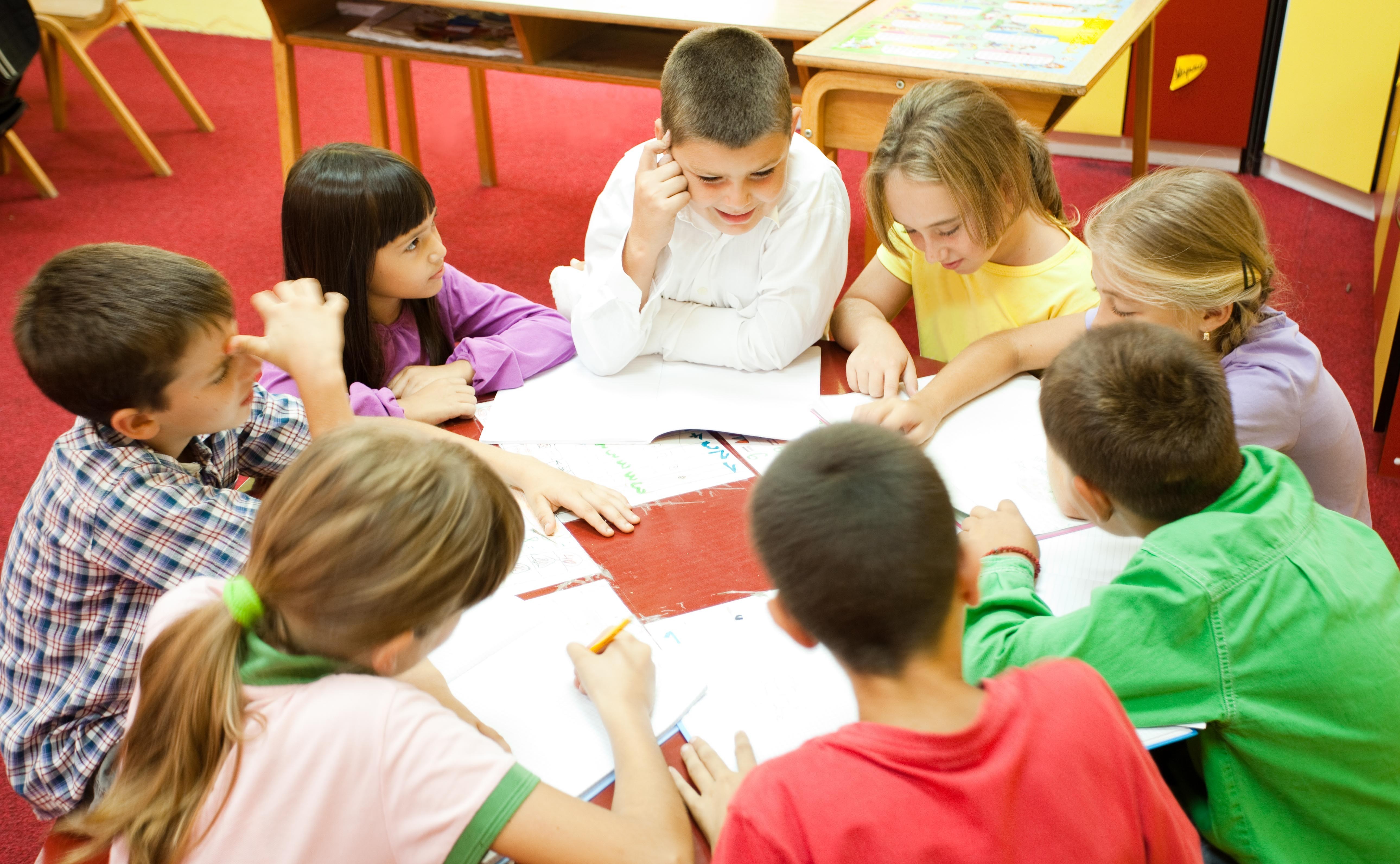Why one Solo Mom believes separate is not equal when it comes to her child with special needs
I recently read an article about a mom who was thrilled to host her daughter’s birthday party in her daughter’s special-education classroom. The mom was happy because she did not have to edit her child’s behavior to “fit in.” She was happy because the party guests all knew one another and enjoyed the party together. She was happy because it was easy—they had the party at school during an extended lunch period.
I was happy that the mom and daughter had a wonderful birthday celebration; I was not happy the perception was that the only way they could achieve that was in a segregated classroom.
The mom complained that the only children they could get to come to a party were family friends whose parents forced their kids to go. I can understand not wanting to create inclusion where there is none, but my question is this: Why isn’t her daughter in the mainstream classroom?
Authentic inclusion results in better outcomes in all life areas for people with disabilities and, in recent reports, results either in better or neutral outcomes for people without disabilities.
If we want our sons and daughters to eat, live, shop, play, and work in our communities, they need to be doing all those things throughout their lives in our communities. They need to go to their neighborhood schools, take gymnastics classes at the local recreation center, sit in their favorite Italian restaurant, and shop at the same market as their neighbors do.
My own daughter just had a birthday party. She invited girls she goes to school with and a few longtime friends. Most of the girls she knows from school are those in her language arts, science, and physical education classes. She has lunch, is in clubs, and complains about finals with them. My daughter does not do the same level of work they do and an aide is available to help her, but that does not mean she can’t be friends with her classmates. They come to her parties and go out to lunch with her because they know her and like her. She does not make guest appearances in the classroom; rather, she belongs there. Two of her best friends also have disabilities, but she met them through shared activities, not because they were all in a segregated classroom.
My girl knows how to participate in class discussions. She knows how to take tests and check the teacher’s Web site. She wants good grades and wants to learn. She knows how to be a student because she is in the same classrooms as her peers. As the research shows, not only is she learning but her classmates also benefit from her inclusion.
When adults can get over their biases, prejudices, fears, and beliefs and provide the same quality learning environments for all students (i.e., one in which students with and without disabilities are learning alongside one another), then when it comes to hosting birthday parties, moms can invite kids who know their child, not the child’s disability.
Inclusion starts with the belief that everyone belongs. Then we look at accommodations, supports, and therapies that create more access to what everyone else is doing. Haven’t we already learned that separate is never equal?
Photo Credit: Shutterstock.com
Anna Stewart is ESME’s Kids with Special Needs Resource Guide and the Solo Mom of a daughter and two sons on the brink of adulthood. She’s a champion for the rights of people living with disabilities and those who love them.
Please feel free to contact us with any comments or questions.









